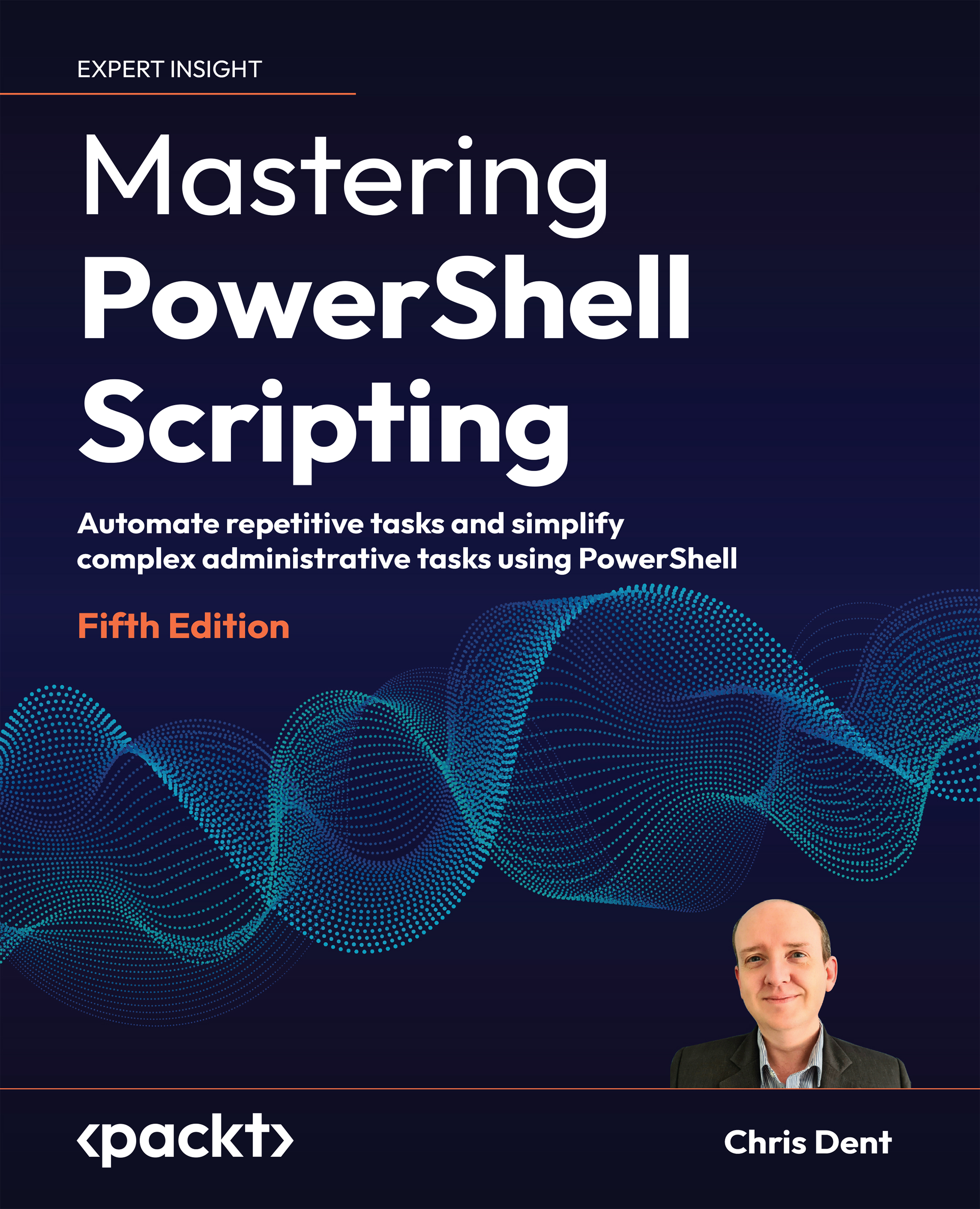The advent of cloud-native technologies marks a paradigm shift in application development and deployment. Embracing cloud-native principles means moving away from monolithic architectures to more dynamic, scalable, and resilient systems. These principles, which are deeply rooted in microservices, containerization, and orchestration, enable applications to leverage the full potential of cloud environments. The automation of development phases is also a central element in cloud-native development. The ability to automate processes in software development, from deployment to testing, is leveraged by modern development teams to increase delivery frequencies. The dynamic management of resource allocation from cloud providers is also essential for establishing a cost-effective cloud-native strategy. Let’s have a closer look at these principles.
Figure 1.4 traces the software development evolution: waterfall methods and monolithic structures on physical servers in the 1980s, transitioning to Agile practices with N-tier architectures and virtual servers in the 1990s. The 2000s integrated DevOps with microservices and containers, leading to today’s cloud-based infrastructures:
Figure 1.4 – The evolution of the application development process
As we discussed earlier, microservices architecture, a cornerstone of cloud-native design, allows for the development of applications as a suite of small, independently deployable services. This approach contrasts sharply with traditional monolithic architectures, where applications are developed as a single, indivisible unit. Microservices offer increased modularity, making applications easier to develop, test, deploy, and scale.
Containerization further revolutionizes deployment. Containers package an application with all its dependencies, ensuring consistency across environments from development to production. This encapsulation aligns perfectly with the cloud-native ethos of building applications that are environment-agnostic.
Orchestration tools such as Kubernetes play a pivotal role in managing these containerized applications and automating deployment, scaling, and operations. This ensures that applications can seamlessly scale to meet demand, maintain high availability, and recover from failures more efficiently.
The shift to cloud-native is not just technical; it also represents a cultural change within organizations. Embracing cloud-native principles often requires adopting new methodologies such as Agile and DevOps, fostering a culture of continuous integration and continuous delivery (CI/CD), where small, frequent updates are the norm. These principles also lay the groundwork for automating software processes.
Cloud-native would not be a complete strategy if it was not cost-effective. Dynamic management and the ability to allocate resources on the fly are crucial for making cloud-native a profitable solution. Platform engineers should ensure that resources are allocated dynamically in response to fluctuating demand, avoiding unnecessary costs of overprovisioning.
Remember, whatever we have mentioned so far is just the tip of the iceberg to give you a holistic idea and to get you prepared for the journey ahead. So, stay tuned – we will discuss this topic in more detail in upcoming chapters.
The cloud-native advantage
Adopting cloud-native development provides a range of compelling benefits that drive modern developers to embrace this approach. These advantages include the following:
- Improved agility: Cloud-native applications can be developed and deployed more quickly, allowing organizations to respond rapidly to changing market demands and continuously deliver value to their customers. This is partly due to CI/CD pipelines, which automate application building, testing, and deployment, ensuring rapid and reliable releases.
- Enhanced scalability: Applications designed for the cloud can quickly scale to accommodate fluctuating workloads, ensuring optimal resource utilization and maintaining consistent performance even under heavy loads.
- Greater resilience: Cloud-native applications are built to be fault-tolerant, reducing the impact of infrastructure failures on application performance and enabling the system to recover quickly from unexpected events.
Overcoming cloud-native challenges
Despite the undeniable advantages of cloud-native development, developers may encounter challenges as they transition to this new paradigm. Some of the most common challenges include the following:
- Increased complexity: Managing distributed systems in a cloud-native environment can be more complex than traditional monolithic or service-oriented architectures, requiring developers to adopt new tools, techniques, and best practices
- New skills and expertise: To fully embrace cloud-native development, developers must acquire new skills and expertise in cloud-native technologies, such as container orchestration, microservices patterns, and serverless computing
Let's take a use case. It could be a start-up or enterprise that is planning to transition from a traditional application architecture to a cloud-native approach. By embracing cloud-native development, we can quickly iterate and deploy new features to meet its ever-growing user base's changing needs. Moreover, it can ensure that its infrastructure can scale to handle the demands of millions of users worldwide while maintaining excellent performance and reliability. But to achieve this, they must tackle some complex challenges, as mentioned previously, and have the right skills. Without these, the world of cloud-native technology might feel too complicated
As we move through this journey together, we will share tips, best practices, and hands-on examples to help you build the necessary skills and knowledge to excel in cloud-native development and confidently navigate its challenges.
When cloud-native meets multi-cloud
At this juncture, you should have acquired some basics and gained clarity on why multi-cloud and cloud-native development are two key approaches that, when combined, empower developers to make the most of their strengths. By skillfully merging the benefits of cloud-native technologies with the adaptability of a multi-cloud strategy, developers can create strong, scalable, and innovative applications that effectively meet the ever-changing needs of users and businesses.
 United States
United States
 Great Britain
Great Britain
 India
India
 Germany
Germany
 France
France
 Canada
Canada
 Russia
Russia
 Spain
Spain
 Brazil
Brazil
 Australia
Australia
 Singapore
Singapore
 Canary Islands
Canary Islands
 Hungary
Hungary
 Ukraine
Ukraine
 Luxembourg
Luxembourg
 Estonia
Estonia
 Lithuania
Lithuania
 South Korea
South Korea
 Turkey
Turkey
 Switzerland
Switzerland
 Colombia
Colombia
 Taiwan
Taiwan
 Chile
Chile
 Norway
Norway
 Ecuador
Ecuador
 Indonesia
Indonesia
 New Zealand
New Zealand
 Cyprus
Cyprus
 Denmark
Denmark
 Finland
Finland
 Poland
Poland
 Malta
Malta
 Czechia
Czechia
 Austria
Austria
 Sweden
Sweden
 Italy
Italy
 Egypt
Egypt
 Belgium
Belgium
 Portugal
Portugal
 Slovenia
Slovenia
 Ireland
Ireland
 Romania
Romania
 Greece
Greece
 Argentina
Argentina
 Netherlands
Netherlands
 Bulgaria
Bulgaria
 Latvia
Latvia
 South Africa
South Africa
 Malaysia
Malaysia
 Japan
Japan
 Slovakia
Slovakia
 Philippines
Philippines
 Mexico
Mexico
 Thailand
Thailand
















